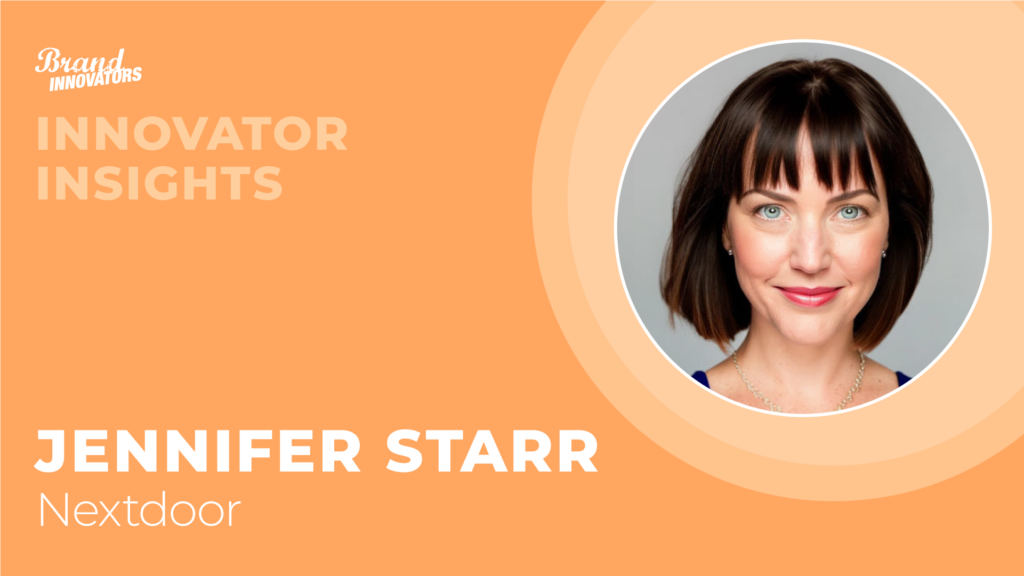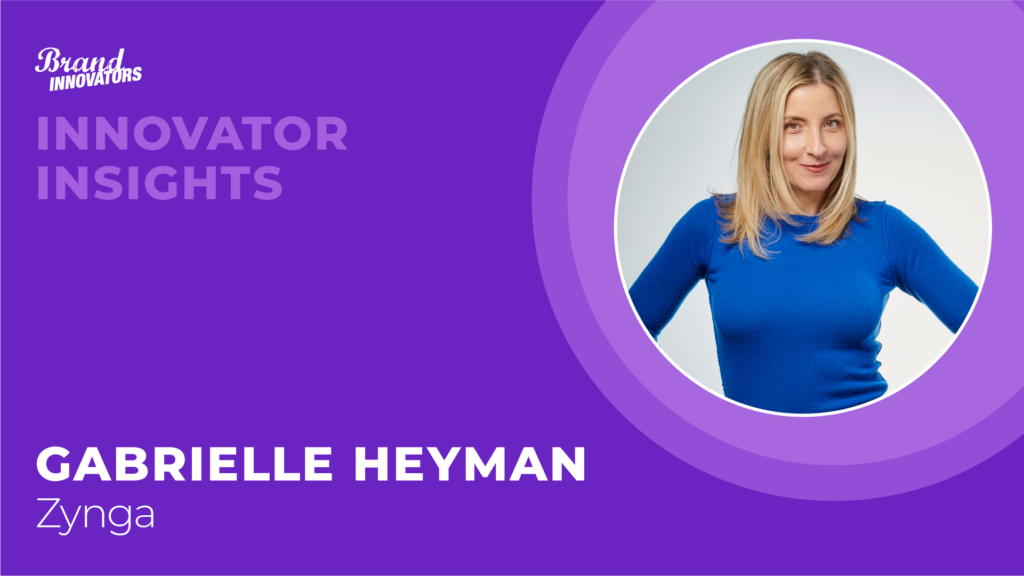As the head of Nextdoor Create, an in-house team building local connections between people and brands which launched this past May, Emma Mondolino oversees a collective of in-house marketers and strategists focused on leveraging neighborhood insights to drive local engagement for brands. The team’s work includes Nextdoor Insights, featured via a recently launched Insights Hub, an ongoing series highlighting data and guidance on best practices and even ad creative. More importantly, the team is helping define the path for Nextdoor in bridging the gap between how everyday consumers connect and find local information.
Even in an increasingly uncertain macroeconomic backdrop, we continued to see increases in neighbor engagement and advertiser demand across product offerings and objectives. Not surprisingly, Mondolino said the pandemic marked a critical moment in the value Nextdoor offered communities.
“We saw an immediate surge of engagement and growth on the platform early on in the pandemic. Similar to what we’d seen around previous natural disasters.” Mondolino told Brand Innovators. “Anytime there was a disaster of sorts in a neighborhood there’s an uptick – whether it’s floods or wind storms or fires, you suddenly really need the people around you on a much smaller scale.”
Beyond simply sharing updates or getting questions answered, however, Mondolino said those on Nextdoor have been using the platform to help each other cope amid lockdowns and other challenges.
“You quickly saw people say things like, ‘My kids have too much energy. Would anyone be interested in hanging outside on the stoop to play?’ or, ‘Does anyone have a dog that they’re looking for someone to help walk?’ just because they needed a break,” she said. “You then also saw people turn around and say they were hoping for Netflix recommendations. You got to the core of where people were really at and connections they were looking for. And even now, we have sustained continuous growth in a post-pandemic world as neighbors reach out to connect with their communities in real time.”
Having joined Nextdoor about five years ago following stints at Twitter and Pinterest, Mondolino said she has learned a number of lessons about how brands can best engage with local communities. This includes:
The FOMO Becomes Greater When You Feel It Closer To home
The notion of “keeping up with the Joneses” may have started in the 1950s when post-war families competed to buy the latest appliances, but it continues to this day. Whereas those purchases might have been driven by word of mouth in the past, however, Mondolino suggested that the increased use of digital communication channels has shifted the way fear of missing out (FOMO) is evolving. This creates an opportunity for Nextdoor to provide value to brands and its users alike.
“We can show smaller yet meaningful engagement or review numbers. Sharing statements like’“17 of your direct neighbors have already purchased a product or signed up for a service,’ she said. “And I think those sorts of numbers make these kinds of brands feel more authentic. The reviews feel more real and the recommendations have a greater impact.”
Brand Impact Is Amplified By Genuine Community Involvement
Though it offers a range of advertising options that help small businesses reach local consumers, Mondolino pointed out that there are plenty of opportunities for larger brands to connect with its users as well, including platforms that drive positive change.
A good example is H&R Block, which has worked with Nextdoor for the past three years on an initiative called Make Every Block Better. In 2022, the program sparked 10 community-nominated projects that have received investment to improve local spaces, such as improving a local baseball field or creating chalk murals. H&R Block not only sponsors Make Every Block Better efforts, but has its associates take a hands-on role in assisting to bring projects to life.
Such efforts not only get a brand seen and achieve earned media, Mondolino added, but build trust within their target market.
“You’re getting to the heart of people who are really the contributors to making stronger, kinder, more open neighborhoods,” she said. “It’s a moment for brands to also really stand out for who they are.”
The Definition Of ‘Local’ May Simply Be ‘Useful’
It’s not uncommon for brands to connect to Nextdoor via their local team, but Mondolino said it’s also possible to develop a community-driven strategy on a national level. For example, Nextdoor is capable of and often works with national brands by taking data about promotions or product launches and targeting them in a specific neighborhood. This can be an overlooked form of personalization, she said.
As marketers grapple with the demise of cookies and privacy concerns, Mondolino said brands should also recognize that consumers may be comfortable with targeting that gives them valuable information about what’s in stock at a local store, or changes to its opening hours.
“You seem more connected with your customers and they feel like you heard them — you’re useful and you’re ‘local’ — even when you didn’t realize you could be” she said.




